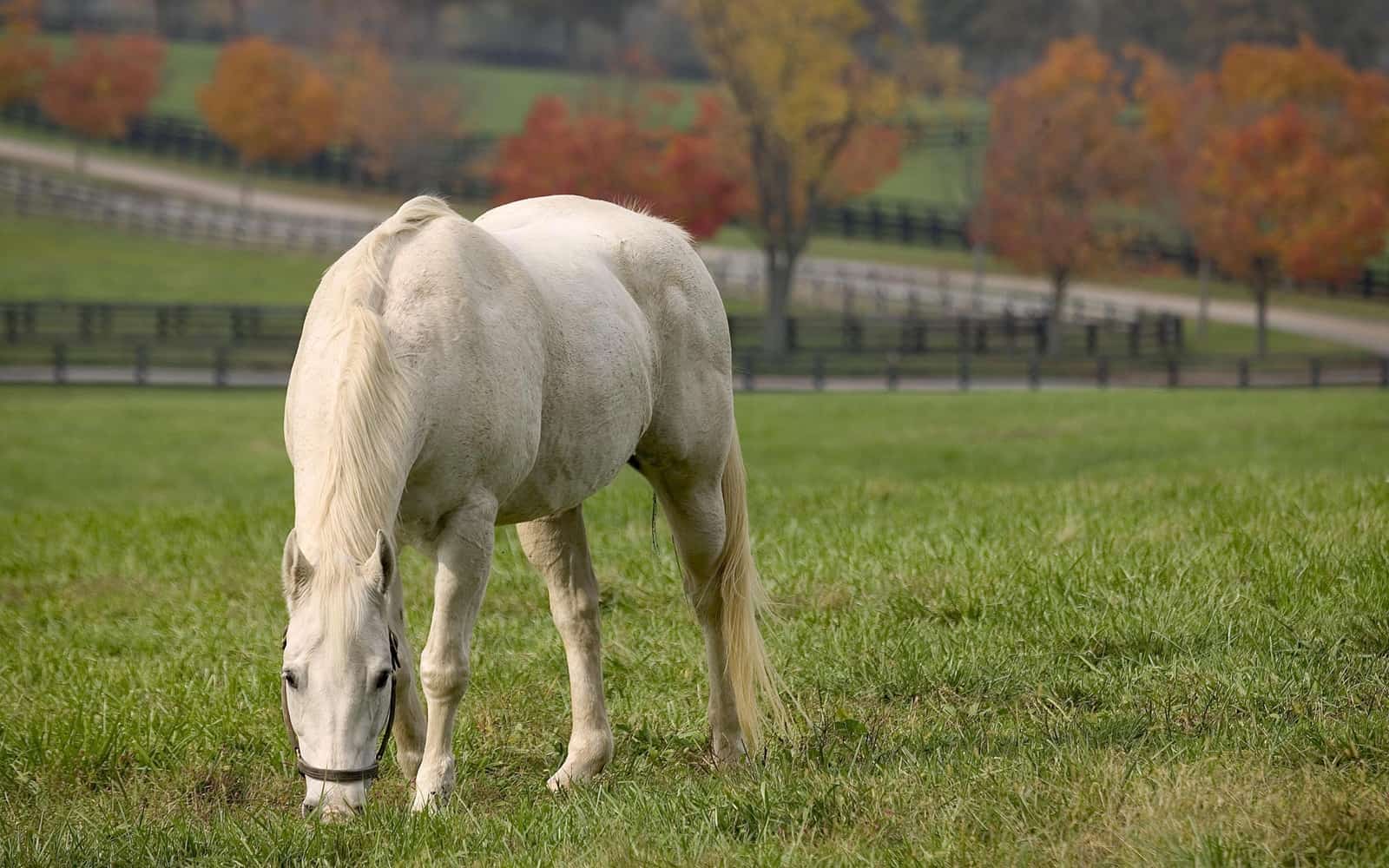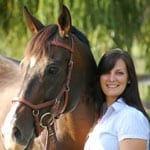Retirement Planning: Optimizing Your Horse’s Post-Career Care
- Topics: Arthritis & Degenerative Joint Disease, Arthritis & Degenerative Joint Disease, Article, Basic Care, Body Condition, Colic, Cushing's Disease, Dental Problems, Deworming & Internal Parasites, Diseases and Conditions, Hoof Care, Horse Care, Joint Supplements, Lameness, Metabolic Problems, Metabolic Syndrome, More Diseases & Conditions, Nutrition, Older Horse Care Concerns, Sports Medicine, Supplements, Vaccinations, Working With a Veterinarian

How to keep your horse happy and healthy after his athletic career
On a quiet farm in Cazenovia, New York, dozens of horses are living the good life. They have all the hay and grass they can eat, pasturemates galore, and they’re free to get as muddy as possible. Oh … and chances are you’ve seen several of them representing the United States at the Olympics, World Equestrian Games (WEG), and other international competitions.
These horses are living out their retirement at John Madden Sales, the home base for U.S. team show jumper and Olympic and WEG gold medalist Beezie Madden and her husband, John. The Maddens have a long history of providing their horses a safe place to retire, and in 2016 they expanded their facilities to offer the same service to other owners.
Today, the Maddens and their team care for around 60 retirees, mostly in their late teens or 20s, with room for another 10 to 15 more. They live outside 24/7 in small herds, sometimes including broodmares or young horses, with the option to take advantage of shelters as needed TheHorse.com is home to thousands of free articles about horse health care. In order to access some of our exclusive free content, you must be signed into TheHorse.com. Already have an account?Create a free account with TheHorse.com to view this content.
Start your free account today!
and continue reading.

Written by:
Erica Larson
Related Articles
Stay on top of the most recent Horse Health news with












